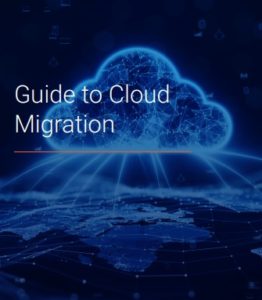Digital Transformation
Guide to Cloud Migration
Migrating to the Cloud isn’t always a simple undertaking. There are many considerations any organization must address when it contemplates migrating data and applications from its on-premises solution into a Cloud environment.
Thrive not only has the experience and resources to guide you through the migration process, but also the managed service offerings to help you optimize and manage your applications once they get to the Cloud. Our Cloud analytics tools can determine optimal memory, CPU, and storage tier needs to ensure that your Cloud services are right-sized for predictable billing and performance.
DOWNLOAD Cloud Migration PDF

Guide to Cloud Migration
